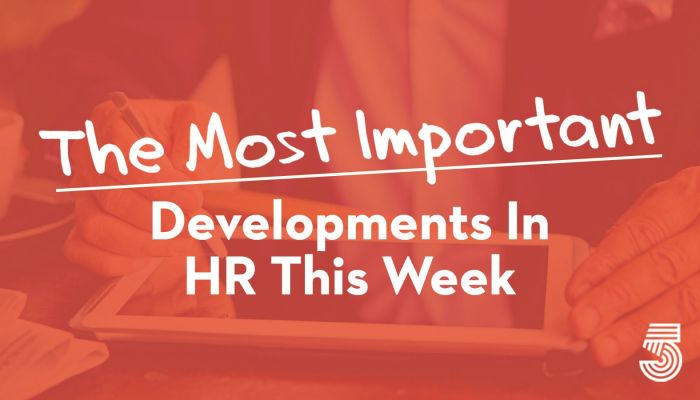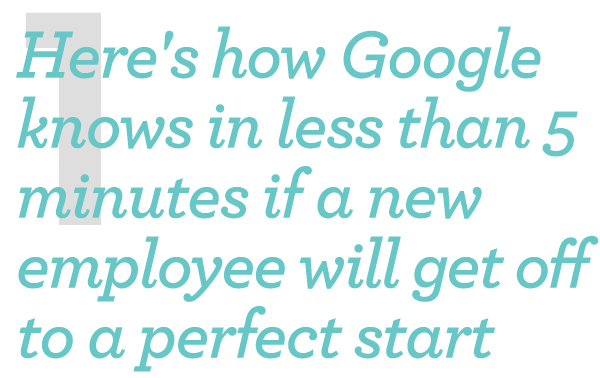
Why do some new employees get up to speed faster than others? That’s a good question, one Google spent considerable time and effort trying to answer. (As with determining the qualities of a great leader, it’s no surprise that one of the most data-driven companies in the world put some of its analytical horsepower into finding the best way to get new employees off on the right foot.) After running a number of surveys and experiments, Google developed a list of five simple onboarding tips for managers. To keep things simple — and serve as a handy reminder — the company emailed those tips to managers the night before a new employee started. Here’s the list: 1. Match the new hire with a peer buddy; 2. help the new hire build a social network; 3. set up employee onboarding check-ins once a month for the new hire’s first six months; 4. encourage open dialogue; and, the real shocker, 5. meet your new hires on their first day. Simple stuff. Yet managers who followed that advice got their new hires up to speed a month faster — in Google terms, about 25 percent faster — than those who did not. Inc.

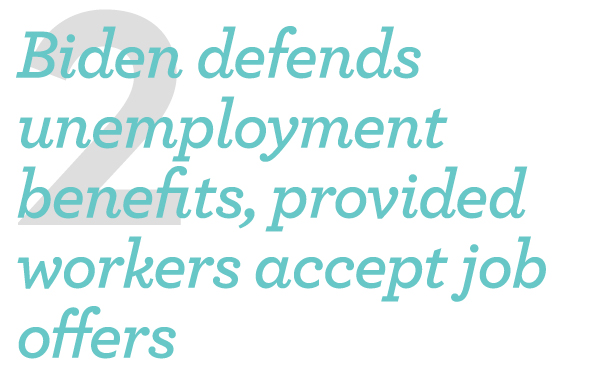
President Biden ordered the Labor Department on Monday to ensure that unemployed Americans cannot draw enhanced federal jobless benefits if they turn down a suitable job offer, even as he rejected claims by Republicans that his weekly unemployment bonus is undermining efforts to get millions of Americans back to work. Stung from a weekend of criticism over a disappointing April jobs report, Mr. Biden struck a defiant tone, seeking to make clear that he expects workers to return to jobs if they are available, while defending his signature economic policy effort thus far and blaming corporate America, in part, for not doing more to entice people to go back to work. The president told reporters at the White House that child care constraints, school closures, and fears of contracting the coronavirus had hindered job creation last month, and he challenged companies to help workers gain access to vaccines and to raise their pay. NYT

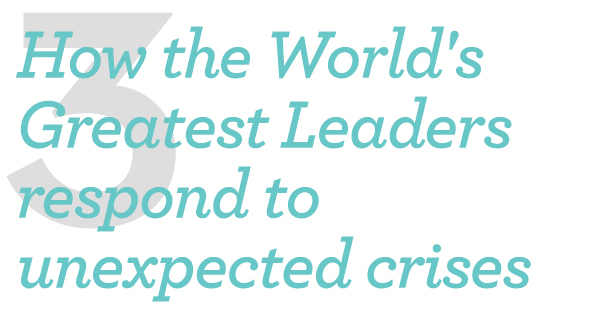
No one told Willie Ray Fairley what to do after a historically devastating windstorm leveled much of Cedar Rapids, Iowa, last August. He’s an entrepreneur who runs a barbecue restaurant, Willie Ray’s Q Shack, and what he needed to do seemed obvious. “I just got on my bike,” he told a local magazine, “and started going around letting a few people know, ‘Hey, we got food if you need it.’” Soon he was giving away 400 meals a day. Word got around. Social media loved the story, as did CNN. Two weeks later, he said, he was getting calls from people all over the world asking how they could help. Now a billboard in Cedar Rapids exhorts viewers to “Be a Willie.” Everyone knows what that means. In a matter of days, Fairley had become an exemplary leader, which is why he’s on our 2021 list of the World’s 50 Greatest Leaders. Tumultuous times bring forth unexpected leadership, often from people who had never imagined playing such a role. Many on this year’s roster are there because of how they responded to the global pandemic. Others rose up to meet different, desperate situations. Some were already in leadership positions; many were not. What’s so striking about this year’s group is how many of them emerged almost instantly, seemingly out of nowhere, to meet unimagined crises. Fortune

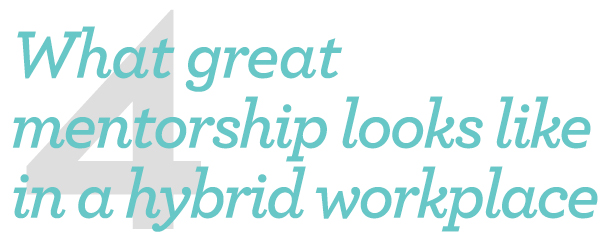
Remote work has been an adjustment (to say the least) for everyone, and its effect on our professional relationships has been just as significant as the impact on daily tasks. For early-career employees, the lack of casual conversations at work poses a considerable challenge. How does one learn best practices to succeed in one’s career when you’re working alone from home? How does one build the professional relationships that are critical for survival and advancement? On the organizational side, how does the business build a culture that supports diversity and inclusion initiatives in the middle of a pandemic? Based on our recent experience leading organizations focused on online mentorship, we believe an organizational commitment to mentorship can address all of these issues. Mentoring pairs who spend time saying, “This is where we started, this is how far we’ve come, and this is where we’re going,” will build resilience to persevere through challenges. Pairs should set and check-in on goals, and should create a public or semi-public forum to share progress. While these forums may have happened informally in the office, companies need to proactively foster digital equivalents in a remote office. HBR

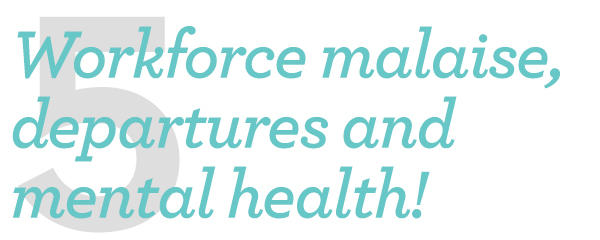
There are many changes afoot in May 2021 as vaccinations expand and businesses enter a phase of restarting or reboarding. There is much to be excited about as people shift their behaviors while medical and governmental rules rapidly evolve. I was recently able to see my mother-in-law in person for the first time in 13 months, as she has been isolated in a nursing home. In conversations with CEOs and chief learning officers, it is clear that businesses are gearing up to enter the next stage of the pandemic era, bringing some workers back to the office and shifting their activities radically. Several airlines in our Learning COLLABORATIVE are rapidly expanding their flight schedules and doing massive retraining for employees who have been furloughed for a year. But there is a darker side to workforce wellness in spring of 2021. We have been tracking several shifts and crises that learning and talent leaders are currently facing: Workforce malaise, departures, Groundhog Day syndrome, and coaching. Chief Learning Officer







